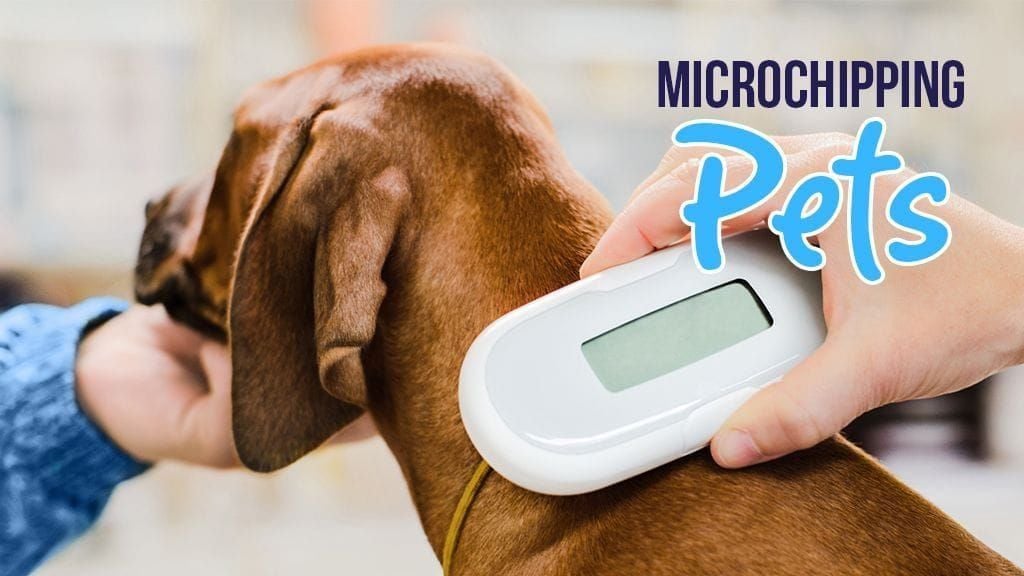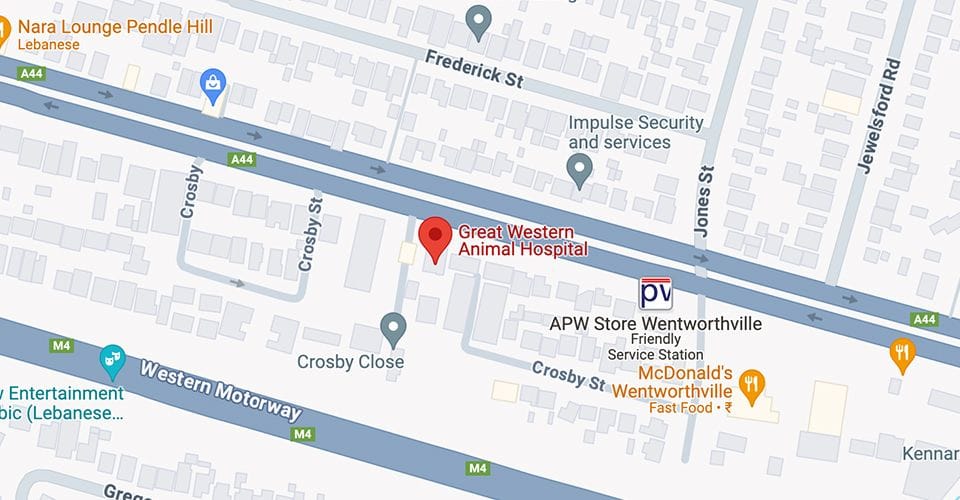About Microchips in Dogs & Cats: Plus, How to Check & Update Details
)
Pet microchipping is very important. But, more than that, it’s helpful for pet owners if their pets get lost.
How pet microchips work
Microchips are exactly that. They’re usually only 11-13 millimetres in length and 2mm in diameter (often referred to as the size of a grain of rice).
They’re one of the most effective ways to recover lost pets, but they don’t contain any tracking software or GPS capabilities. Instead, they contain your pet’s unique identification number, which is linked to databases that store contact information including:
Residential address
Email address of the owner
Phone number of the owner
Veterinary clinics and animal shelters all have devices that can read this number, and can find it on databases that hold your contact information.
That’s why it’s recommended that if you find a lost or wandering pet without a collar or tags, you take it to a nearby vet.
The microchipping procedure
Microchipping pets is a short, relatively pain-free procedure.
Similar to vaccinations, a needle is used to puncture the skin and a syringe embedded with the microchip will insert the microchip. Most often, they’re inserted shallowly under a dog or cat’s skin between the two shoulder blades.
From start to finish, the administration usually only takes a few seconds. And after that, the microchip lasts the pet’s entire life.
There are very rarely any side effects apart from brief, mild, numb pain at the site of injection.
Should your pet be microchipped?
Which pets can be microchipped?
Almost any animal can be microchipped. Dogs and cats are the most common, but birds can be microchipped too (though the process is slightly different).
What age should pets be microchipped?
Pets must be microchipped before the age of 12 weeks.
How to know if your pet is microchipped?
Because microchips are so small, it’s unlikely that you’ll be able to feel one under your pet’s coat. The easiest way to check is to ask your vet to check at your next appointment.
Updating your pet’s microchip information
If your pet is microchipped, it's your responsibility to ensure that the details are up to date online.
Alternatively, you can ask us about your pet’s microchip details on your next booking. We can quickly scan it to find the existing information and give further direction on updating your details.
When you need to update your pet’s microchip information
There are several reasons you may need to update the information found from your pet’s microchip including:
New email addresses
New phone numbers
A change of residential address (especially interstate)
Change in ownership of the pet
How to update pet microchip information
You can easily update your pet’s microchip information by contacting a relevant database and requesting a change of information.
If you aren’t sure which database to contact, ask during your pet’s next appointment.
Microchip bookings for dogs and cats
Our services include puppies and kittens including microchipping, vaccinating, desexing, and behavioural training.
To book your pet in for microchipping, or to check for existing microchips, contact us.
| Tags:Pet SafetyClient Information |
&geometry(180x112))







